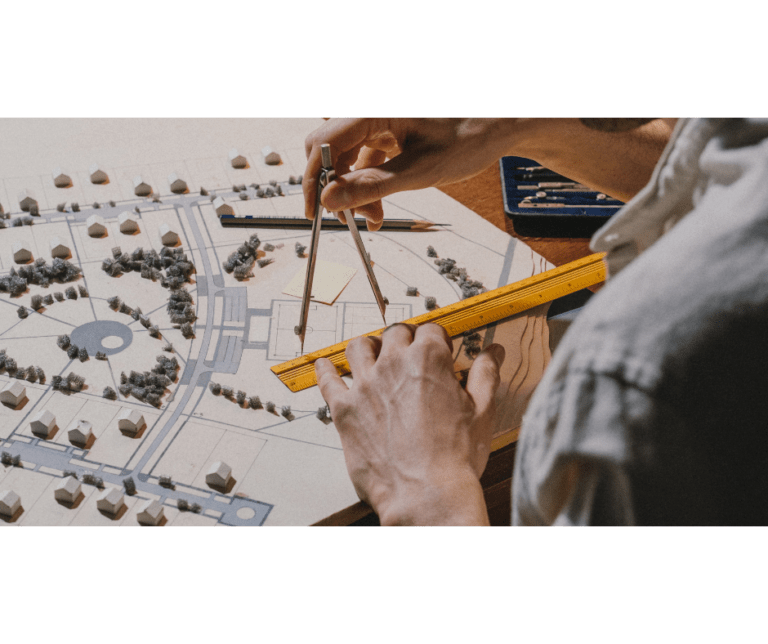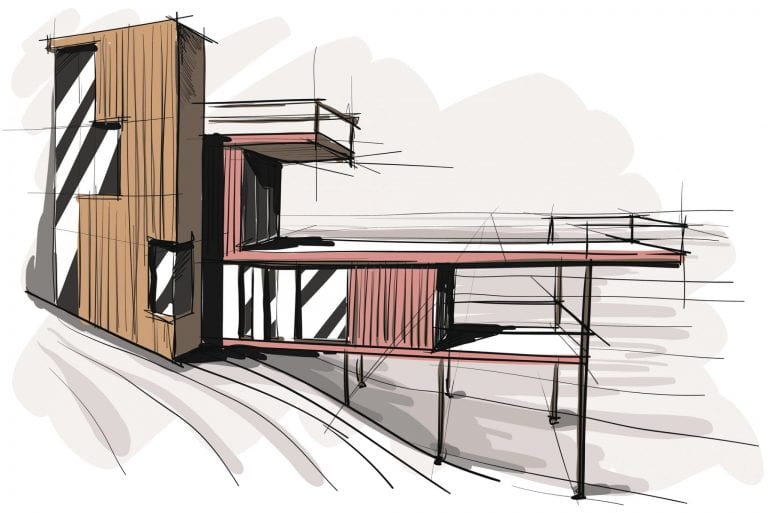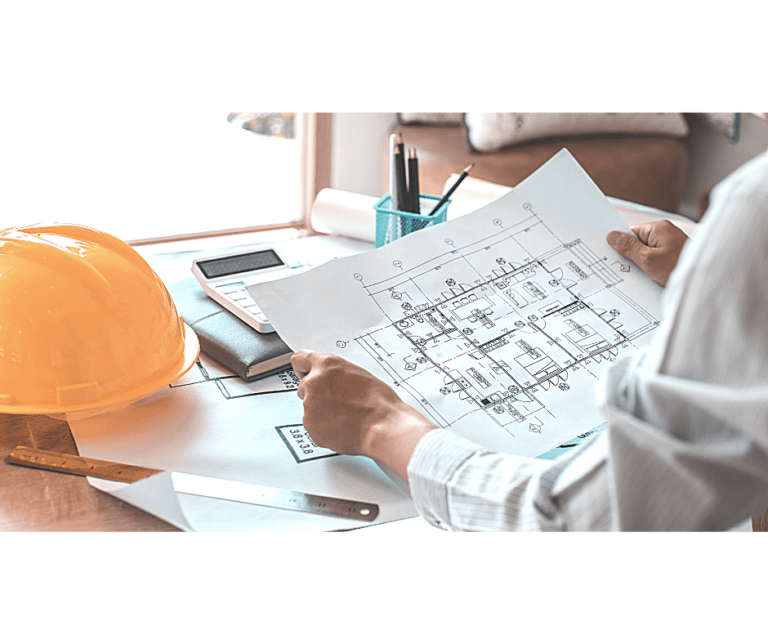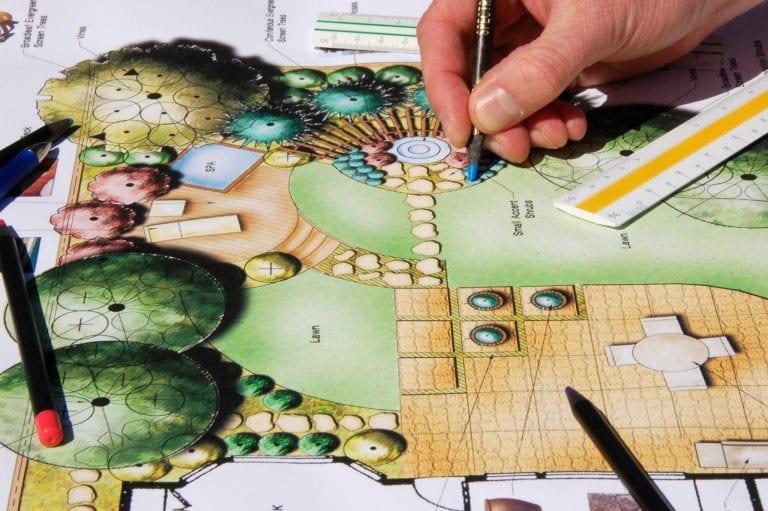
Since affirming AIA’s commitment to contributing to solutions that foster equity and justice in the built environment, the Board of Directors has met regularly to identify next steps for translating our ideals into meaningful action and progress. It’s time to redouble our efforts to leverage our tools and resources as a membership society to advance meaningful change within the profession of architecture, within AIA as an employer, and in society through member expertise and engagement in the built environment.
To pinpoint gaps in programs, polices, and practices, we’ve been in listening and action mode. Colleagues within our membership, Equity in the Future of Architecture Committee, Council of Architectural Component Executives, National Organization of Minority Architects, and other essential voices are generously sharing their insights on what’s working, what isn’t, and where we go from here. And expanding this critical dialogue is the cornerstone of our plans going forward.
Equity, diversity, and inclusion impact every aspect of the profession and every stage of an architect’s career, from employment opportunities to salary to daily workplace culture, community engagement to recognition of achievements. Learning to identify implicit and explicit biases is essential to progress, and we’re implementing a number of initiatives to provide resources to members so that they can tackle these issues head-on.
There’s no question AIA and the profession have a long way to go, and we’re fortunate to have existing tools like the Guides for Equitable Practice to steer by in the short term. Developed over the last two years in partnership with Renée Cheng, FAIA, dean of the University of Washington’s College of Built Environments, and her teams at the University of Minnesota and University of Washington, the guides include case studies and tactical advice to, as Renée Cheng says, “convert intentions into actions.”
Building on the Guides, AIA is developing a series of guided discussions organized around each of the Guide chapters. These discussions will be led by experts in each respective field and facilitate dialogue from members, firms, and chapters. Please make no mistake: We are not resting on the guides alone; we are relying on the guides as a resource to inform the first steps in realizing our pledge to work together to break down the barriers that exclude far too many.
As they are developed, we’ll share more information about the guided discussions around each of the Guides for Equitable Practice topics:
- Intercultural competence
- Workplace culture
- Compensation
- Recruitment and retention
- Negotiation
- Mentorship and partnership
- Advancing careers
- Engaging community
- Measuring progress
As we measure AIA’s progress, our participation in the NAACP inaugural report card of the sustainable building sector will provide a baseline, and we expect it will be sobering. AIA’s participation in the NAACP 2020 Diversity & Opportunity Report Card for the Sustainable Building Sector will include evaluations for staffing (composition and perceptions), programs and services, procurement, and governance. Slated for release in 2021, the report card will create an enlightening milestone, and we appreciate the NAACP’s guiding influence.
Moving from aspiration to action will require a multi-pronged approach, and progress won’t be precisely linear. Most of all, the listening phase is not temporary or preliminary. As we continue to implement new strategies and reforms, a focus on rapid iteration, and listening is the ongoing foundation for all actions as we build on these immediate steps.
Source: AIA






